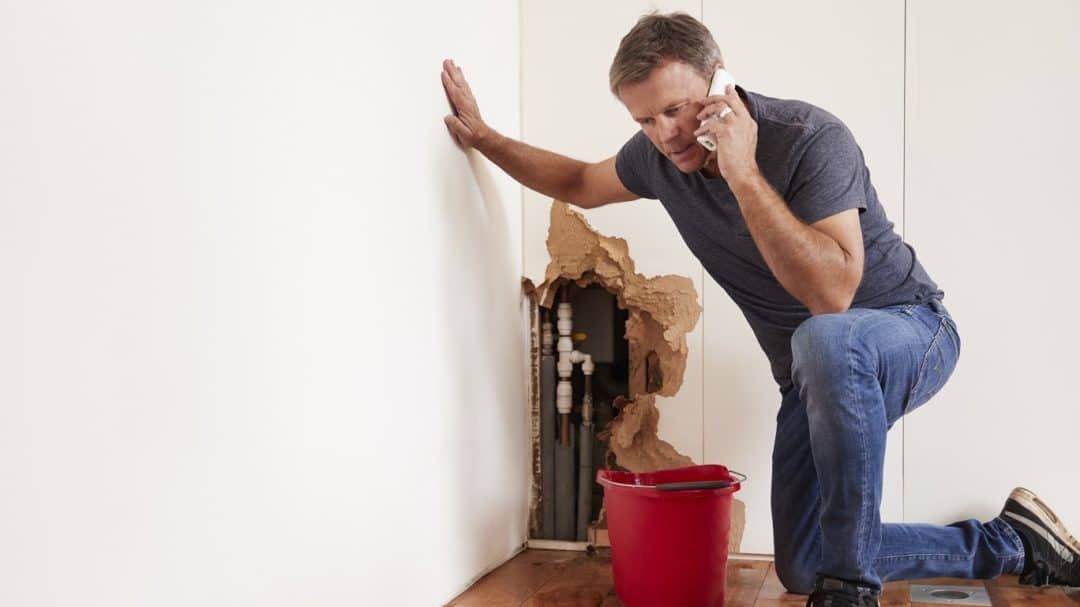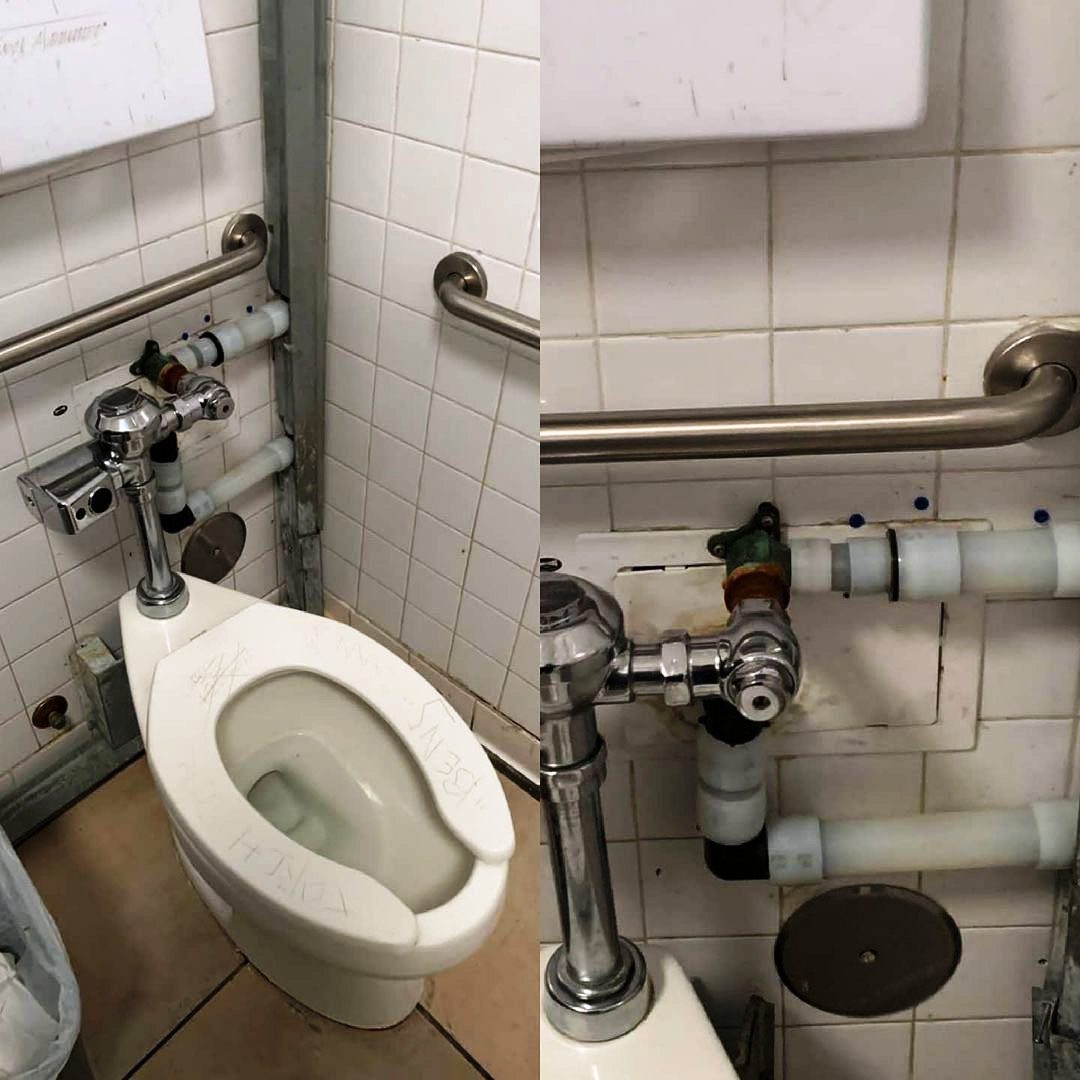Determining And Dealing With Plumbing Sounds In Your Home
Determining And Dealing With Plumbing Sounds In Your Home
Blog Article
What are your thoughts on Diagnose Unwanted Plumbing Noises?

To identify noisy plumbing, it is very important to figure out initial whether the undesirable audios take place on the system's inlet side-in other words, when water is turned on-or on the drain side. Noises on the inlet side have varied reasons: excessive water pressure, used shutoff and also tap components, poorly attached pumps or various other devices, inaccurately placed pipeline bolts, and also plumbing runs containing too many tight bends or various other constraints. Sounds on the drainpipe side generally originate from inadequate area or, just like some inlet side noise, a design including limited bends.
Hissing
Hissing sound that happens when a faucet is opened slightly typically signals excessive water pressure. Consult your local public utility if you believe this trouble; it will certainly have the ability to inform you the water stress in your location as well as can set up a pressurereducing valve on the incoming water supply pipeline if essential.
Various Other Inlet Side Noises
Creaking, squealing, damaging, snapping, and also touching normally are triggered by the expansion or contraction of pipelines, normally copper ones supplying hot water. The sounds take place as the pipelines slide against loose bolts or strike close-by home framing. You can usually determine the place of the problem if the pipelines are revealed; just adhere to the noise when the pipelines are making noise. More than likely you will certainly discover a loosened pipeline hanger or a location where pipelines lie so close to flooring joists or other framing items that they clatter against them. Attaching foam pipeline insulation around the pipelines at the point of contact should fix the trouble. Make sure straps and also wall mounts are secure and give appropriate support. Where feasible, pipe bolts must be attached to substantial structural components such as structure walls as opposed to to framing; doing so decreases the transmission of vibrations from plumbing to surface areas that can magnify and move them. If affixing fasteners to framework is inevitable, cover pipes with insulation or various other resistant material where they speak to fasteners, and also sandwich the ends of brand-new fasteners in between rubber washers when mounting them.
Correcting plumbing runs that experience flow-restricting tight or countless bends is a last resource that ought to be taken on just after speaking with a proficient plumbing contractor. Regrettably, this situation is relatively usual in older houses that might not have actually been constructed with indoor plumbing or that have seen numerous remodels, especially by novices.
Babbling or Screeching
Extreme chattering or shrilling that occurs when a shutoff or tap is turned on, and that normally disappears when the fitting is opened fully, signals loosened or malfunctioning internal parts. The option is to change the valve or faucet with a brand-new one.
Pumps and also devices such as cleaning machines as well as dish washers can transfer motor noise to pipelines if they are poorly connected. Link such products to plumbing with plastic or rubber hoses-never stiff pipe-to isolate them.
Drain Sound
On the drainpipe side of plumbing, the chief goals are to remove surfaces that can be struck by falling or rushing water as well as to shield pipelines to contain unavoidable noises.
In new construction, tubs, shower stalls, bathrooms, as well as wallmounted sinks and also containers need to be set on or against resistant underlayments to lower the transmission of sound through them. Water-saving toilets and faucets are less noisy than traditional models; install them instead of older types even if codes in your area still permit utilizing older fixtures.
Drainpipes that do not run up and down to the cellar or that branch right into horizontal pipe runs sustained at floor joists or other framing present especially bothersome noise issues. Such pipes are big enough to radiate considerable vibration; they also lug substantial amounts of water, which makes the situation worse. In new building and construction, define cast-iron dirt pipelines (the large pipes that drain pipes commodes) if you can manage them. Their enormity consists of much of the noise made by water passing through them. Also, stay clear of transmitting drainpipes in walls shown to rooms and also spaces where individuals collect. Wall surfaces including drainpipes should be soundproofed as was defined previously, utilizing double panels of sound-insulating fiberboard as well as wallboard. Pipes themselves can be wrapped with unique fiberglass insulation created the function; such pipelines have a resistant vinyl skin (sometimes having lead). Outcomes are not always acceptable.
Thudding
Thudding noise, usually accompanied by trembling pipes, when a faucet or home appliance valve is switched off is a problem called water hammer. The noise and resonance are triggered by the reverberating wave of pressure in the water, which instantly has no location to go. Occasionally opening a valve that releases water rapidly into an area of piping including a restriction, arm joint, or tee fitting can generate the exact same condition.
Water hammer can generally be treated by installing installations called air chambers or shock absorbers in the plumbing to which the problem valves or faucets are linked. These devices permit the shock wave produced by the halted circulation of water to dissipate airborne they contain, which (unlike water) is compressible.
Older plumbing systems might have short upright sections of capped pipeline behind walls on tap runs for the very same function; these can eventually full of water, reducing or damaging their effectiveness. The treatment is to drain the water supply completely by shutting down the major water supply shutoff and opening up all taps. After that open the major supply valve and also close the taps one at a time, starting with the tap nearest the valve and also ending with the one farthest away.
3 Most Common Reasons for Noisy Water Pipes
Water hammer
When water is running and is then suddenly turned off, the rushing liquid has no place to go and slams against the shut-off valve. The loud, thudding sound that follows is known as a water hammer. Besides being alarming, water hammer can potentially damage joints and connections in the water pipe itself. There are two primary methods of addressing this issue.
Check your air chamber. An air chamber is essentially a vertical pipe located near your faucet, often in the wall cavity that holds the plumbing connected to your sink or tub. The chamber is filled with air that compresses and absorbs the shock of the fast moving water when it suddenly stops. Unfortunately, over time air chambers tend to fill with water and lose their effectiveness. To replenish the air chambers in your house you can do the following. Turn off the water supply to your house at the main supply (or street level). Open your faucets to drain all of the water from your plumbing system. Turn the water back on. The incoming water will flush the air out of the pipes but not out of the vertical air chamber, where the air supply has been restored. Copper pipes
Copper pipes tend to expand as hot water passes through and transfers some of its heat to them. (Copper is both malleable and ductile.) In tight quarters, copper hot-water lines can expand and then noisily rub against your home's hidden structural features — studs, joists, support brackets, etc. — as it contracts.
One possible solution to this problem is to slightly lower the temperature setting on your hot water heater. In all but the most extreme cases, expanding and contracting copper pipes will not spring a leak. Unless you’re remodeling, there's no reason to remove sheetrock and insert foam padding around your copper pipes.
Water pressure that’s too high
If your water pressure is too high, it can also cause noisy water pipes. Worse, high water pressure can damage water-supplied appliances, such as your washing machine and dishwasher.
Most modern homes are equipped with a pressure regulator that's mounted where the water supply enters the house. If your home lacks a regulator, consider having one professionally installed. Finally, remember that most plumbers recommend that water is delivered throughout your home at no lower than 40 and no greater than 80 psi (pounds per square inch).
Whatever the state of your plumbing, one thing is certain — you’re eventually going to encounter repair and replacement issues around your home that require professional help. That’s where American Home Shield can come to your aid.
https://www.ahs.com/home-matters/repair-maintenance/causes-of-noisy-water-pipes/

We had been shown that write-up about Diagnose Unwanted Plumbing Noises from someone on another web blog. So long as you liked our blog entry plz be sure to share it. Thanks for your time invested reading it.
Call Us Now Report this page